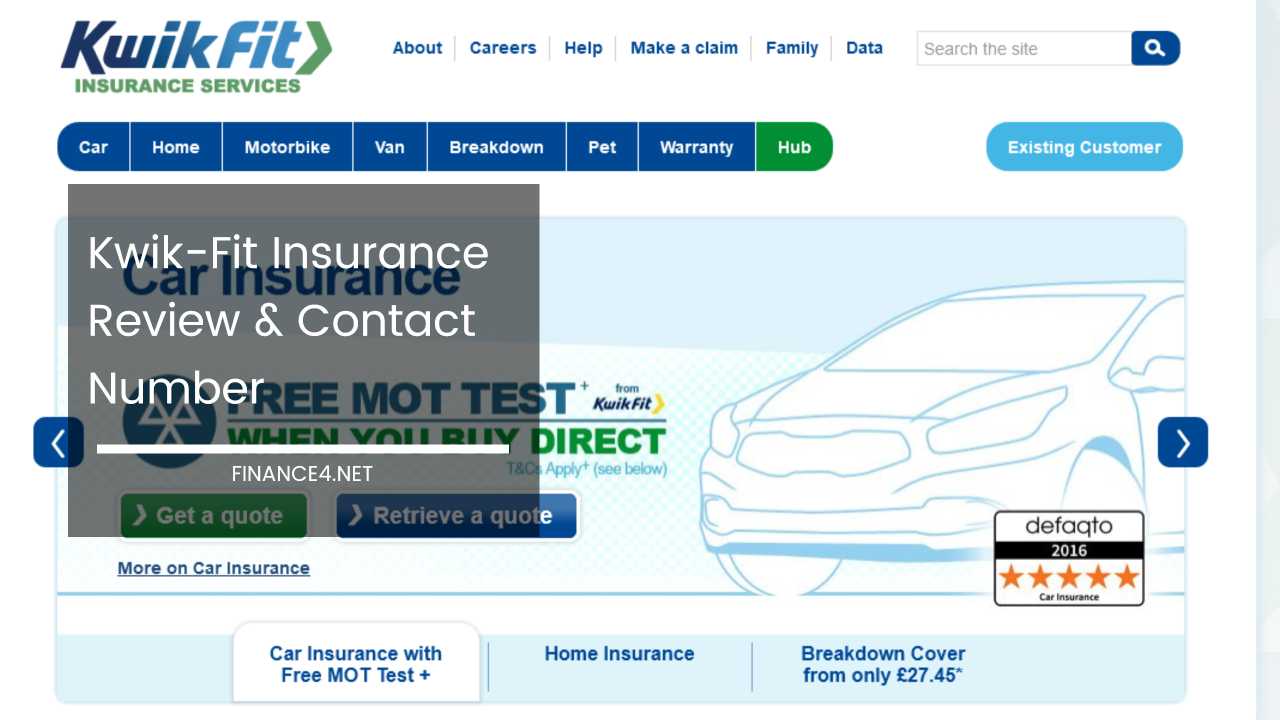Save Money & Time: Your Guide to Multi-Car Insurance

Demystifying Multiple Car Insurance: Your One-Stop Guide to Coverage and Savings
In today’s fast-paced world, juggling work, family, and social commitments can feel like an Olympic sport. Simplifying tasks wherever possible becomes essential.
When it comes to car ownership, for many households, managing multiple vehicles is a reality. But what about managing multiple car insurance policies?
It can feel overwhelming. This is where understanding multiple car insurance, also known as multi-car insurance, comes in.
This comprehensive guide dives deep into the world of multi-car insurance, explaining how it works, the benefits it offers, and the factors to consider before you purchase a policy. By the end, you’ll be equipped to make informed decisions about insuring your fleet of vehicles and navigate the road with peace of mind.
What is Multiple Car Insurance?
Imagine having separate car keys for each vehicle you own, and then juggling separate insurance policies for each one. Sounds cumbersome, right?
Multi-car insurance eliminates this hassle. It’s a single policy that acts as an umbrella, covering more than one vehicle under its wings. This consolidation streamlines the insurance process and offers significant advantages over individual policies.
How Does It Work?
When opting for multi-car insurance, you’ll typically designate a primary policyholder, the person who owns or leases all the vehicles included in the plan.
Additional drivers can be added, with their driving history and specific coverage needs taken into account. The policy will clearly outline coverage limits, deductibles (the amount you pay out of pocket before insurance kicks in), and other terms applicable to each car and driver.
Unlocking the Treasure Chest of Benefits:
Now, let’s delve into the treasure chest of benefits that multi-car insurance offers:
-
Cost Savings: A Rewarding Choice: This is a major perk. Insurance companies love rewarding loyalty. By bundling your vehicles, you’re essentially telling them you’re a good customer, and they often respond with significant discounts. These savings can add up quickly, especially for households with multiple cars. Studies by the National Association of Insurance Commissioners (NAIC) consistently show that bundling car insurance with other policies like home insurance can result in average savings of up to 25%.
-
Convenience at Your Fingertips: Imagine dealing with separate renewal dates, paperwork, and phone calls for each car’s insurance. Multi-car insurance eliminates this chaos. Everything is consolidated under one policy, saving you time, effort, and frustration. You can easily manage your policy online or through a mobile app, making changes or requesting quotes a breeze.
-
Tailored Coverage: A Perfect Fit: Flexibility is key. Multi-car policies allow you to customize coverage options for each vehicle and driver. Need comprehensive coverage for your brand new sedan but just liability for your older pick-up truck? No problem. You can tailor the plan to fit your specific needs and risk tolerance. This ensures you’re not overpaying for unnecessary coverage on certain vehicles.
-
Simplified Claims Process: Less Stress, More Focus on Recovery: Accidents happen, and navigating the claims process can be stressful. But with multi-car insurance, if you’re unfortunate enough to have an accident involving multiple insured vehicles, things become easier. Since everything is under one policy, you’ll deal with a single insurer, streamlining the claims process significantly. This reduces the administrative burden and allows you to focus on recovering from the accident.
-
Family Protection: Peace of Mind for Everyone: For families with multiple drivers, multi-car insurance is a godsend. It allows you to cover all family members and their vehicles under one comprehensive policy. This ensures everyone on the road has the necessary insurance protection, providing peace of mind knowing your loved ones are covered in case of an accident.
Important Considerations Before You Buy: Steering Clear of Potential Roadblocks
While multi-car insurance offers a plethora of benefits, it’s wise to consider a few factors before diving in:
-
Driving Records Matter: A Look Back at the Road Insurance companies base premiums partly on the driving history of all listed drivers. If any driver has a history of accidents or traffic violations, it can significantly impact the overall cost of the policy. Be transparent with your insurance company about all driving records to ensure you’re getting an accurate quote.
-
Not All Cars Are Created Equal: Considering the Vehicle The type of vehicle you own also plays a role in determining your premium. Factors like make, model, age, safety features, and even engine size will be considered when calculating insurance rates. For example, a high-performance sports car will typically have a higher premium compared to a fuel-efficient sedan.
-
Coverage Limits: Understanding Your Protection Carefully review the coverage limits and deductibles offered in your multi-car policy. Do they meet your needs? You may need to adjust these limits based on the value of your vehicles and your risk tolerance. For instance, if you own a classic car, you might opt for higher comprehensive and collision coverage limits to ensure it’s adequately protected in case of an accident or theft.
-
Discounts Are Your Friends: Maximize Your Savings In addition to multi-car discounts, insurers may offer other perks you could qualify for, such as safe driver discounts, low mileage discounts, good student discounts for young drivers, or even discounts for insuring multiple policies like home and auto insurance. Explore all available discounts to maximize your savings. Ask your insurer about any potential multi-policy discounts they might offer.
Beyond the Basics: Exploring Additional Coverage Options
While multi-car insurance provides comprehensive coverage for your vehicles, it’s important to understand there might be additional coverage options you might consider depending on your specific needs. Here are some to consider:
-
Ridesharing Coverage: If you use your vehicle for ridesharing services like Uber or Lyft, you might need additional coverage specific to this purpose. Not all multi-car policies automatically cover ridesharing, so be sure to inquire with your insurer about available options.
-
Medical Payments Coverage: This coverage helps pay for medical expenses incurred by you or your passengers in the event of an accident, regardless of fault. This can be beneficial if you or someone in your car suffers injuries in an accident.
-
Uninsured/Underinsured Motorist Coverage: This protects you financially if you’re involved in an accident with a driver who either has no insurance or not enough insurance to cover the damages. It’s a wise investment, considering the number of uninsured drivers on the road.
The Final Gear: Choosing the Right Policy and the Road Ahead
Multiple car insurance offers a convenient and cost-effective way to manage insurance for multiple vehicles. By consolidating your policies, you gain access to savings, streamlined processes, and tailored coverage options. However, before purchasing a policy, remember to:
- Compare Quotes from Multiple Insurers: Don’t settle for the first quote you receive. Get quotes from several reputable insurance companies to compare rates and coverage options.
- Meticulously Review Coverage Options: Don’t just focus on the price tag. Carefully review the coverage details of each policy to ensure it meets your specific needs.
- Consider All Available Discounts: Don’t leave money on the table! Inquire about all potential discounts you might qualify for and ensure they’re factored into your final quote.
With the right multi-car insurance policy in place, you can navigate the road with peace of mind, knowing you and your vehicles are well-protected.
But remember, insurance needs can evolve over time. As your driving habits change, new vehicles are added to the family, or teenage drivers get their licenses, be sure to periodically review your coverage to ensure it continues to meet your needs.
Taking it a Step Further: Resources at Your Fingertips
This guide has equipped you with a solid foundation in understanding multi-car insurance. But the journey doesn’t stop here. To further your knowledge, here are some helpful resources:
- National Association of Insurance Commissioners (NAIC): The NAIC is an independent, non-profit organization that works to establish national standards and best practices for insurance regulation. Their website (https://content.naic.org/) is a wealth of information for consumers, including resources on car insurance.
- Insurance Information Institute (III): The III is a non-profit communications organization dedicated to educating consumers about insurance. Their website (https://www.iii.org/index.html) offers helpful information and resources on various insurance topics, including car insurance.
By understanding multi-car insurance, its benefits, and the factors to consider, you can make informed decisions to secure the right coverage for your vehicles and navigate the road with confidence.



